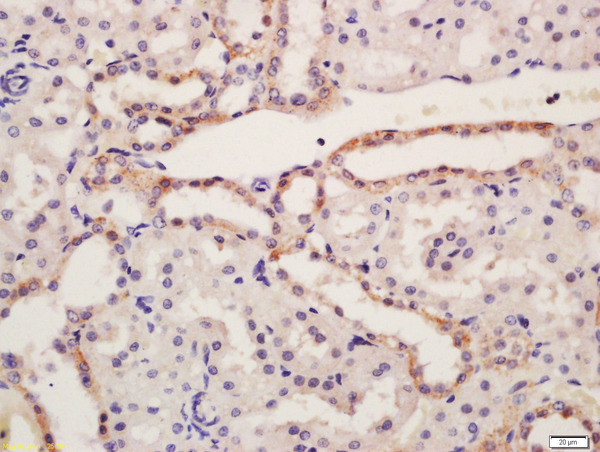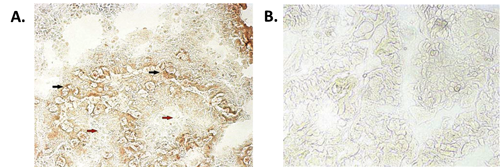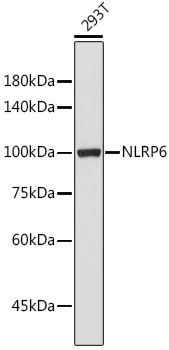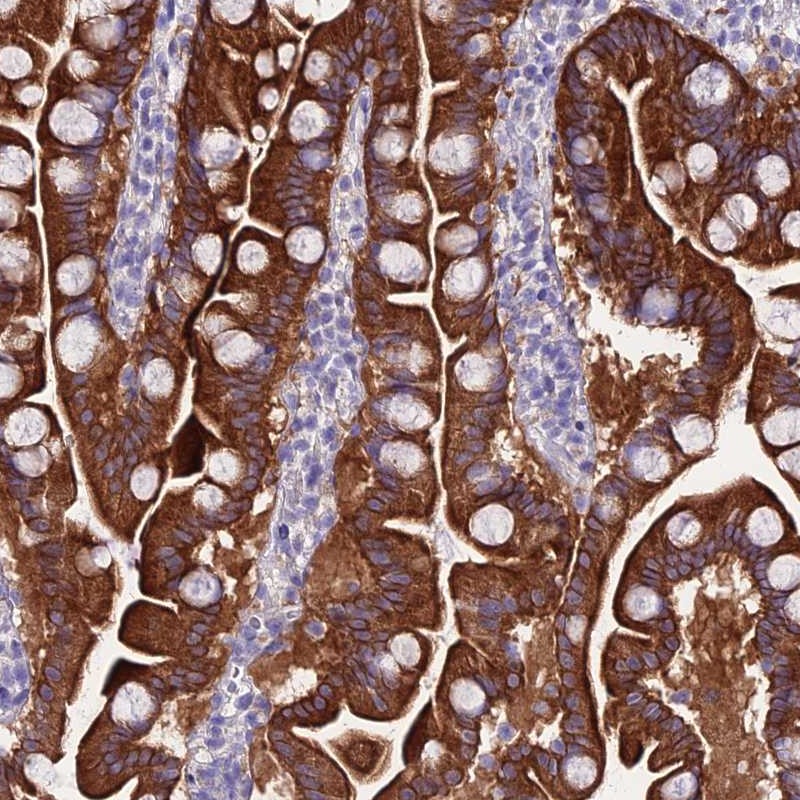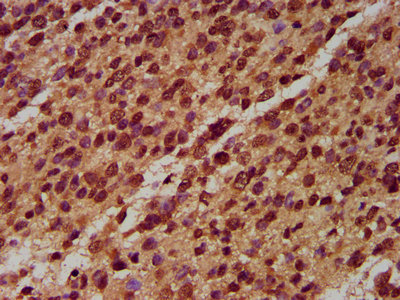NLRP6 Antibody, HRP conjugated
CSB-PA015874LB01HU
ApplicationsELISA
Product group Antibodies
ReactivityHuman
TargetNLRP6
Overview
- SupplierCusabio
- Product NameNLRP6 Antibody, HRP conjugated
- Delivery Days Customer20
- ApplicationsELISA
- CertificationResearch Use Only
- ClonalityPolyclonal
- ConjugateHRP
- Gene ID171389
- Target nameNLRP6
- Target descriptionNLR family pyrin domain containing 6
- Target synonymsAVR, CLR11.4, NALP6, NAVR, NAVR/AVR, PAN3, PYPAF5, NACHT, LRR and PYD domains-containing protein 6, NACHT, leucine rich repeat and PYD containing 6, PYRIN-containing APAF1-like protein 5, angiotensin II/vasopressin receptor, nucleotide-binding oligomerization domain, leucine rich repeat and pyrin domain containing 6
- HostRabbit
- IsotypeIgG
- Protein IDP59044
- Protein NameNACHT, LRR and PYD domains-containing protein 6
- Scientific DescriptionAs the sensor component of the NLRP6 inflammasome, plays a crucial role in innate immunity and inflammation. In response to pathogens and other damage-associated signals, initiates the formation of the inflammasome polymeric complex, made of NLRP6, PYCARD and CASP1 (and possibly CASP4 and CASP5). Recruitment of proCASP1 to the inflammasome promotes its activation and CASP1-catalyzed IL1B and IL18 maturation and secretion in the extracellular milieu. The precise NLRP6 activation stimulus has not been identified yet (By similarity) (PubMed:12387869). Essential for gut mucosal self-renewal and proliferation. Maintains intestinal homeostasis and a healthy intestinal microbiota. This function is, at least partially, mediated by IL18, and not IL1B, produced by nonhematopoietic cells. Influences intestinal barrier function and microbial homeostasis through the regulation of goblet cell mucus secretion. Acts by promoting autophagy in goblet cells, an essential step for mucus granule exocytosis. Its role in goblet cell physiology is inflammasome-dependent, but IL1B- and IL18-independent. During systemic bacterial infections, may negatively regulate inflammatory signaling and inhibit the influx of monocytes and neutrophils to the circulation and to the peritoneum. May promote peripheral nerve recovery following injury via an inflammasome-independent mechanism (By similarity).
- ReactivityHuman
- Storage Instruction-20°C or -80°C
- UNSPSC41116161

